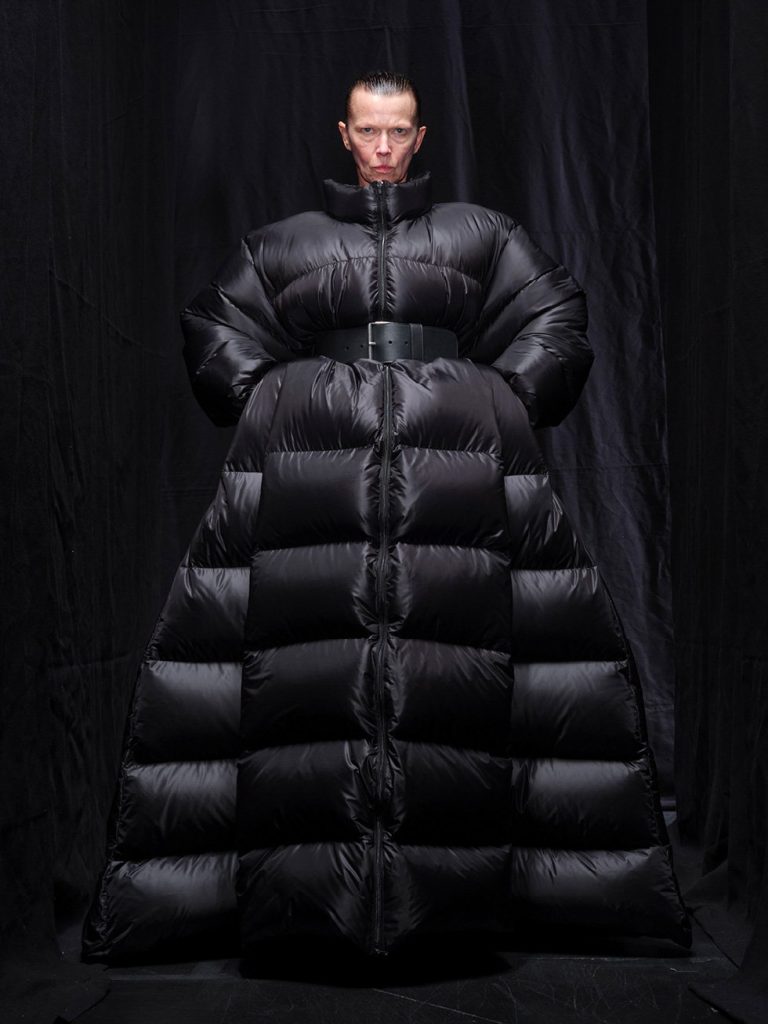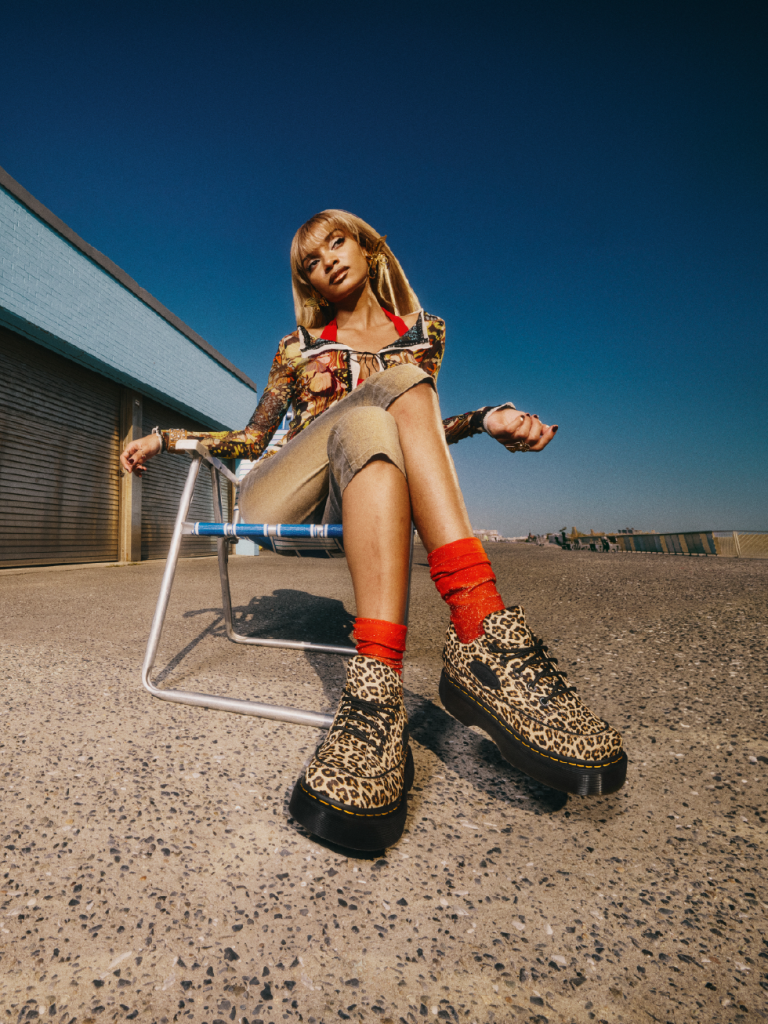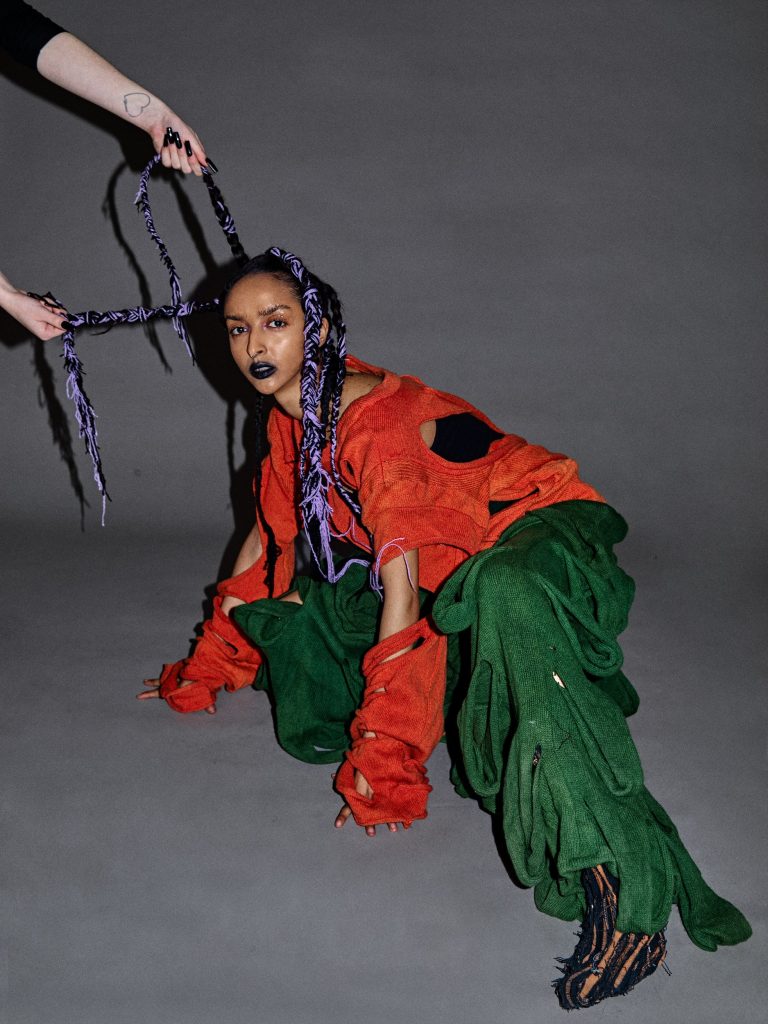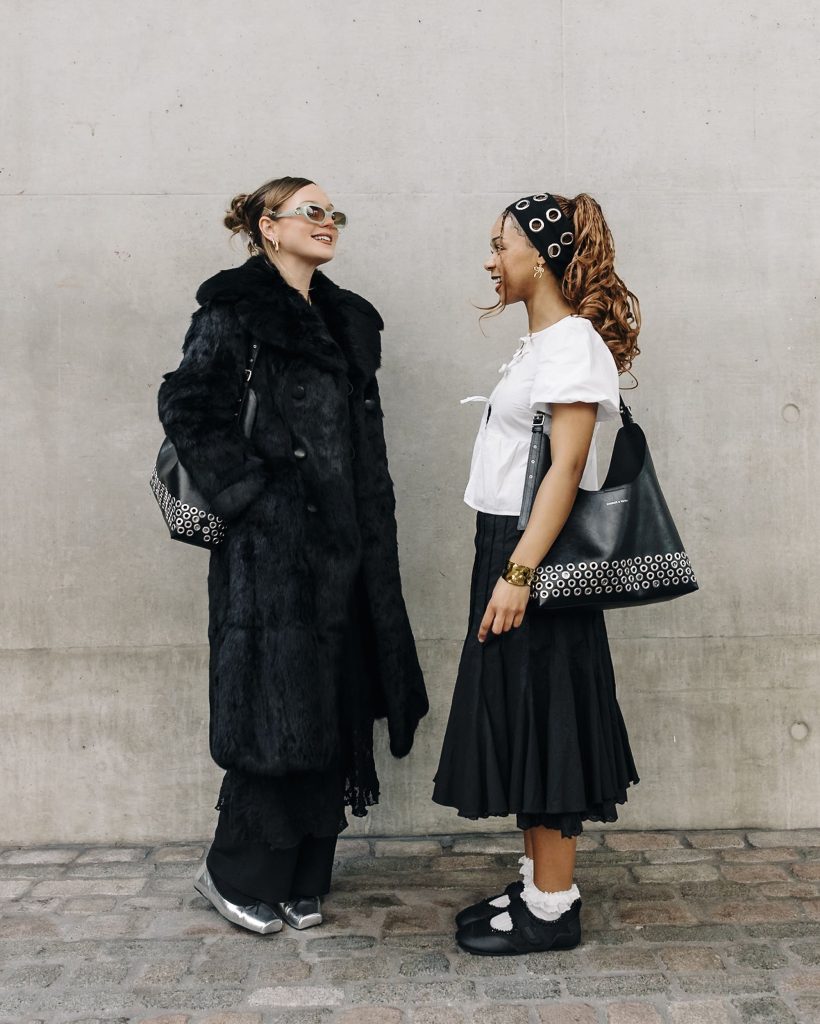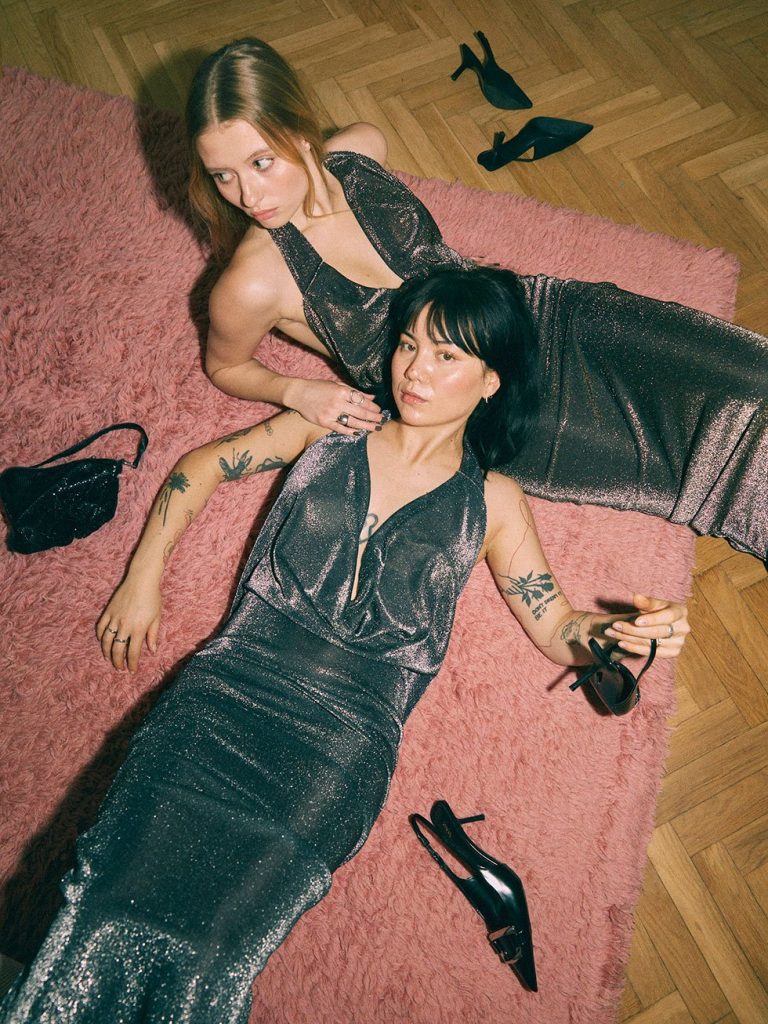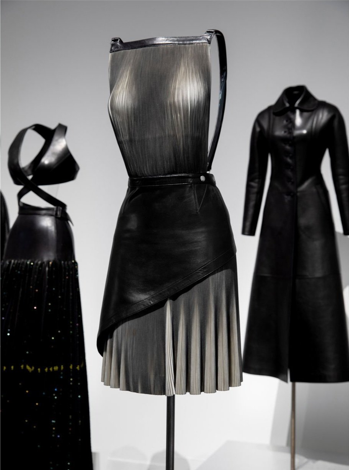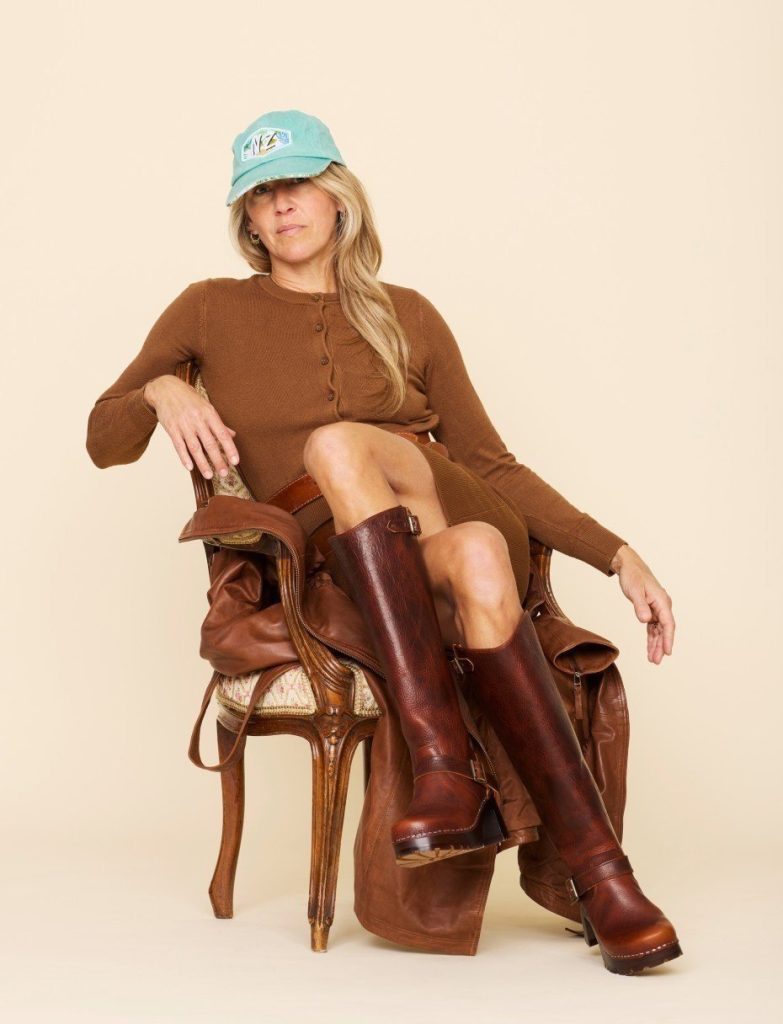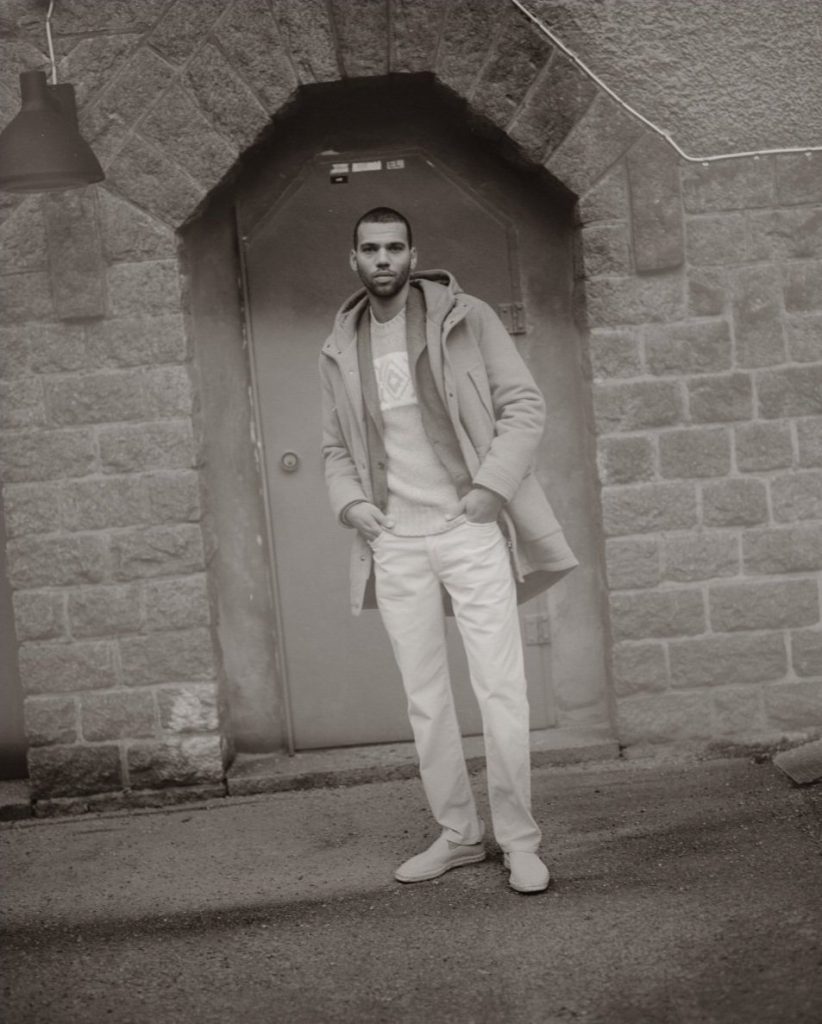Meet the Designer: Interview with Henrik Vibskov text Frank-Adam Hagman photography Sofia Malmiaall clothes Henrik Vibskov Henrik Vibskov is the Danish designer, artist, and musician known for turning fashion shows into immersive, theatrical experiences. As a Central Saint Martins graduate, he moves fluidly between clothing, sculpture, and performance, balancing bold, chaotic concepts with a distinctly Scandinavian structure. From mint-scented installations to nature reclaiming human spaces, his inspirations are unexpected, his approach instinctive. Odalisque caught up with Vibskov to talk storytelling, creativity, and why fashion should always have a sense of humor. Frank-Adam: Your runway shows are known for their immersive, almost theatrical experiences. What is the starting point for creating these worlds, and how do you balance the conceptual with the wearable?Henrik Vibskov: The starting point for creating this world can vary greatly. I think it’s a continuous search for something interesting or thought-provoking. Sometimes, we just need to explore different directions—often, it branches into three different paths, and perhaps one or two of them connect. Usually, we begin and see where it leads. You could say that coming from Central Saint Martins, storytelling, concept development, and creative exploration have been a much more significant part of my education than business planning. It can take many forms, offering reflections on how we live, what we do, what we eat, and the reasons behind it all—essentially, reflections on life in general. I think my approach has changed a bit—not so much focusing on different cultures anymore, but more on what happens in the studio, the mistakes, and all the little things that, hopefully, come together to create a story. Sometimes, something unexpected appears, and I think, “Hey, that’s super interesting!” Of course, balancing concept and wearability is always a challenge. At the end of the day, it’s also a business—employees need salaries, and at some point, you have to find a balance. F-A: Danish design is often associated with minimalism, yet your aesthetic is bold, playful, and maximalist. How do you see your work in relation to traditional Scandinavian design principles?HV: When I studied at Central Saint Martins, I loved colors, chaos, and a lot of movement. But coming from Scandinavia, I couldn’t fully relate to its aesthetic. Over time, though, I realized I needed structure—a tight frame to contain the chaos. So when I present something very colorful or chaotic, it’s always framed in a clean, structured way—like a white carpet, a minimalist backdrop, or a carefully curated space. There’s a certain conservatism in how I frame chaos and color. For example, I was once invited to South Africa to represent Denmark and speak about Danish aesthetics and design. I remember thinking, What the fuck? because I arrived with a blown-up, mint-green project—super colorful and completely different from what I expected to represent. I couldn’t really relate to it. But looking back, I realize that my background—growing up in the ‘70s and ‘80s, surrounded by Scandinavian design, school chairs, architecture, and art—has shaped me more than I consciously knew. That influence, however subtle, has framed my perspective in a distinctly Scandinavian way. Intuitively, I think that reflects a lot in my work. F-A: You’ve worked across multiple mediums, from fashion to sculpture to performance art. How do you decide which medium best serves an idea?HV: Deciding on the best medium to serve an idea? I don’t know—I’m constantly critical of myself, always questioning whether something could be done differently or if it feels complete. But I think time and deadlines often shape the project, and towards the end, a lot of unexpected things happen. Actually, deadlines are really valuable in this process because otherwise, the work could go on indefinitely. There’s always that thought of, “Oh, I could have done this differently,” but at some point, it’s too late, and you have to move forward. I try to take a step back and assess everything we’ve done—asking myself, What should the audio be for this? How should the sound enhance the experience? What kind of lighting would work best? Should there be movement, or should it remain still? It’s a continuous process of imagining what would work and how it will all come together. Sometimes it turns out better than expected—other times, not so much. But that’s part of the process. F-A: Your collections frequently reference unexpected themes. What’s the most unusual source of inspiration you’ve ever had, and how did it translate into your work?HV: I incorporated everything I could think of related to mint—it was the central theme, the spice, or is it a vegetable? Either way, mint was the essence of it all. I even created a mint-inspired step dance with music and drums because, after all, I’m a dancer. The entire room was filled with the scent of mint. Visually, there was an presence of it—a massive, blown-up mint installation that resembled a giant crocodile mouth or something like that. The music had a minty, drum-and-bass dance vibe. For taste, I created a mint vodka milk cocktail for everyone. We also dripped mint oil all over the space. Every sense—sight, sound, taste, smell—was completely immersed in mint. It was minty, minty, minty, minty. I’m sure I’ve done something else as well. F-A: Social media has changed the way artists and designers share their work. Do you think it’s helped or hurt creativity, and how should young creatives navigate it?HV: I don’t know if it helped or—I think for me, it’s been more difficult somehow to kind of deal with that. But maybe I’m also a little bit old school. I’m still dealing with, you could say, social media and building it up in, you could say, an old-school way. Maybe not posting constantly, but rather posting something that’s good. And you could say the speed of that is different from young people who are just posting everything. Okay, now I’m shopping for something. I’m buying a new something. I’m doing this, I’m doing that. For sure, I have a much slower pace. F-A: What common connection do you see between your A/W 25 show and Hess Is More’s

